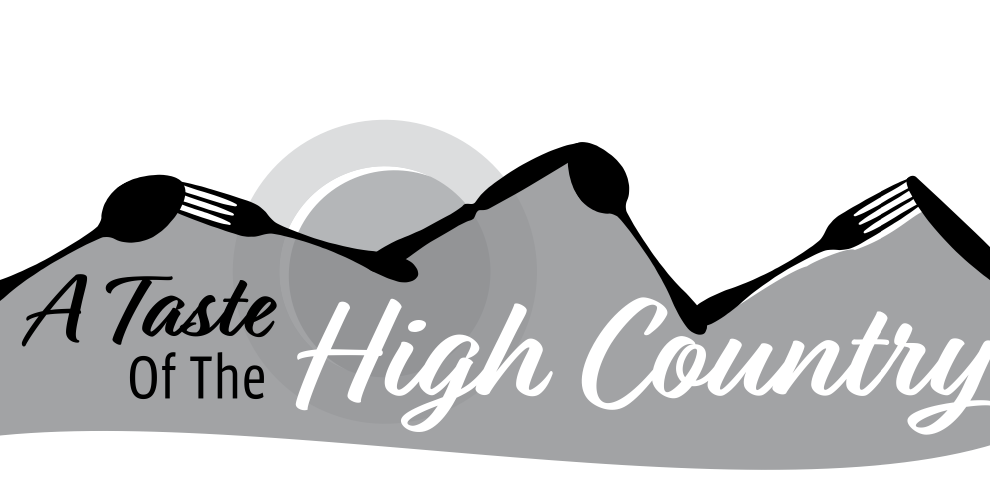The Little Known History of Western Watering Holes
“Bughouse,” “Shebang ,” ”Cantina,” “Grogshop,” “Gin Mill,” “Watering Holes” – Those are a few of the colourful monikers of drinking establishments in the old far West. Although we are familiar with the American style saloon, (thanks to western movies), ours up in Canada were not that dissimilar. That is because both Americans and Canadians settled the great West using somewhat similar approaches; first came the fur traders, followed by the land and mineral surveyors. Ranchers and the settlers came next, and finally, full-on settlement occurred with the expansion of the railways.
The saloon (from the French word ‘salon,’ meaning a large room for entertainment) was one of the first structures in a settlement. Men welcomed a drink after a long day on the farm or after a trek in the bush. Stopping for a pint or a shot of whisky was a way to reconnect with other fellows, catch on local news, and relax a bit. However, the saloon also served a much broader purpose.
In the beginning, the first saloons were usually the first structure to go up in a new settlement. With little to no resources, the tavern owner would improvise a rustic establishment out of a surveyor’s tent or built one with sod (mud) or log. A wood stove, a long counter (bar) and a few stools would complete the decor. Over time, and as the towns developed, the saloons would evolve into more refined structures. Those refinements followed three main trends. Settlers from Irish ancestry would prefer the stand- up bars where spirits would be offered (perhaps today’s sports bar equivalent?). The Germans immigrants would prefer a more open and bright concept designed to serve food to the whole family (today’s family restaurants?). Finally, those of British heritage would go for the brewery style houses (our tavern perhaps?). Incidentally, the famous batten doors on double hinges had many benefits. They allowed fresh air to come in while keeping the dust and prying eyes out.
Since saloons were typically the first indoor public spaces in a community, they played other roles. By day they would serve as a town hall or a courthouse. By night some served as a hotel for travelers but, they mostly were a drinking establishment. Various entertainments would be improvised, including card games, gambling, pool tables, theatre, music, and perhaps dancing girls. At the same time, other ladies would engage in more intimate affairs with the patrons (Would this have been the precursor of today’s strip bars?… but, I digress). Over time, many of these establishments became very successful. They grew to become quite distinguished with elegant architecture, decor, and artwork coming directly from the old countries.
1822 to 1893 was the golden age of saloons in the Far West. No public policy worth speaking of regulated them. They could serve whatever alcohol they produced or bought to whomever, irrespective of the quality. They conducted their business with impunity. For example, the drinks served were often made in a back room and had more in common with the caustic used to clean the wooden floors than a liquid you would want to ingest. The nicknames associated with those spirits are quite eloquent; “Rotgut,” “Family disturbance,” “Bug juice,” and many more. These spirits often had either extremely high levels of bad alcohol or included such toxic ingredients as turpentine, ammonia, gun powder, cayenne pepper or chewing tobacco. The ingredients were meant to improve flavours or increase the punch (this explains the scenes in movies when a cowboy drinks a shot of whisky and steam comes out of his ears). Instead, they would literally poison the consumers. Not only that, but the spirits would still taste bad. Beer would only be marginally better.
Things got so bad and out of hand that a significant percentage of the male population (they were the only ones allowed to drink) developed high levels of alcoholism. Domestic violence became rampant, and poverty ensued. Women had had it. In 1893 they became the driving force behind the temperance movement. The movement was eventually successful in condemning alcohol consumption. The prohibition lasted between 1916 to 1923 in Alberta. Remnants of that period still exist today through policies such as minimum drinking age, provincial liquor controls, and regulations on alcohol content.
Today’s bars, taverns, breweries, restaurants and saloons are the domesticated versions of their ancestors. Still, they remain an intrinsic part of our communities, especially in small-town Alberta. They are places where you go after work to meet friends or neighbours. You can watch hockey on the big screen or hear a local band, dance, or simply grab a pint and a bite to eat. Local musicians are in luck as many bars and saloons make space for open mics. Once in a while, intended or not, you will find yourself there taking part in a community event, a fundraiser for a kids’ minor soccer league, a food bank, or even a family or individual down on their luck.
Each establishment has its own character and purpose. Some focus on good food, others focus on their in-house craft beer, while others bet on live music. Many have quirky decor that reflects the local culture, and all welcome you with open arms.
I never was big on taverns as a young adult; however, my experience with the local bar scene changed this. High Country breweries, taverns, bars, and saloons often have more in common with going to a friend’s house or attending a community event. Where else can you experience a bingo night or join a group of ladies busy doing some craft in the corner of the room, pint in hand, or attend a family reunion?
Next time you go to the local pub, look around and enjoy the moment. With a bit of imagination, recreate in your mind’s eye the saloon of yesteryears.

Have fun!
Our High Country Bars and Saloons
Longview: Twin Cities Saloon, Honky Tonk Tavern, Brauerei Fahr (brewery)
Turner Valley: Cougar’s Sports Bar and Grill, Woodstock Hotel, Kickers (bar)
Black Diamond: Hard Knox Brewery, Black Diamond Hotel (bar)
Priddis: Water’s Edge Pub
Bragg Creek: Rockies Tavern and Grill,
The Powderhorn Saloon, The Bav Tav
Try the Taste
At Home
Thanksgiving Wine Pairing
A typical turkey dinner comes with many side dishes resulting in a multitude of flavours and textures: meaty turkey served alongside sweet acidic cranberry sauce, creamy mash potatoes, bread stuffing, rich gravy and lots of veggies. If you want to serve only one wine, you need to go “middle of the road.” You do not want to serve a powerful (full body) or a light body wine. The first will mask the flavours of the food, and the other will get lost in them.
You want a wine that will play a supporting role. It should have sufficient acidity to cleanse your palate after each bite, and just enough tannin and flavours to match the fat and the savoury ingredients on the menu.
In short, you want a food-friendly wine such as pinot noir or a slightly oaky chardonnay. Other wines equally compatible and which might become a conversation piece at the dinner table are:
- Gamay – Canada or a Beaujolais village crus (i.e. Moulin à vent, Morgon, etc.)
- Valpolicella – Classico or Superiore from Italy
- Mead – Local – Dry to Off-dry melomel (fruit infused mead such as saskatoon)


























